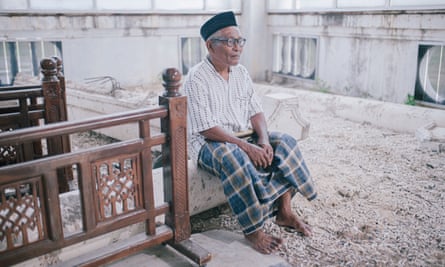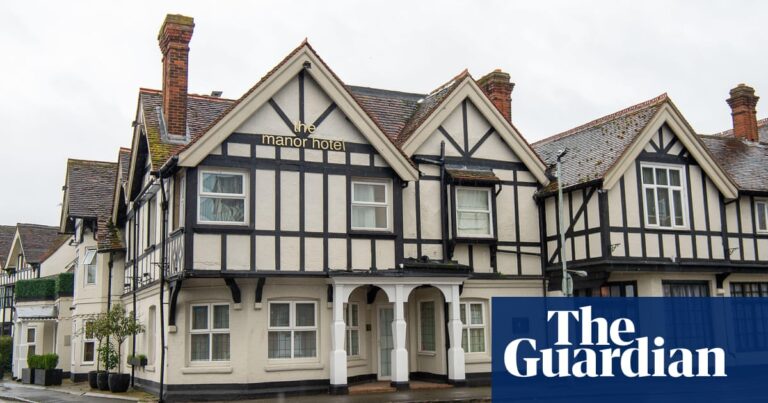Ceremonies have been held in countries across Asia to remember the more than 220,000 people who were killed two decades ago in the Indian Ocean tsunami, the most deadly tsunami in history.
On 26 December 2004, a 9.1-magnitude earthquake struck Indonesia’s Sumatra island, triggering huge waves that slammed into coastal communities across the Indian Ocean. The waves, which towered as high as 30 metres, killed 227,899 people across 15 countries.
In Indonesia’s Aceh province, the worst-hit area, a siren rang out for three minutes at the Baiturrahman grand mosque on Thursday morning, after which Islamic prayers were held. Families visited mass graves across Banda Aceh, the provincial capital.
The tsunami killed more than 160,000 people in Indonesia alone. The scale of the disaster meant many families were never able to identify the remains of their loved ones.
In Sri Lanka, where more than 35,322 people were killed, Buddhist, Hindu, Christian and Muslim ceremonies were held across the country, and two minutes of silence were observed.
Survivors and relatives also gathered to remember victims of the Ocean Queen Express train disaster, when a train was torn from its track by the tsunami’s waves. About 1,000 passengers died onboard the train packed for the holidays.

On Thursday, mourners boarded the restored Ocean Queen Express, which travelled to Peraliya, about 60 miles (90km) south of Colombo, where the tragedy occurred.
In Thailand, ceremonies were held across the Andaman coastline, the Bangkok Post reported, including at Mai Khao cemetery in Phuket, where a minute’s silence was observed and flowers laid. People also took part in a ceremony in Phang Nga, another tourist hotspot in southern Thailand that was devastated by the tsunami.
In Krabi, divers placed metal wreaths and garlands at an underwater memorial in Tonsai Bay, half a mile from the shore.
Half of the more than 5,000 people killed in Thailand were foreign tourists, according to Thai government figures.
According to Unesco data, which includes those listed as dead and missing, deaths were recorded in 15 countries: Indonesia (167,540), Sri Lanka (35,322), India (16,269), Thailand (8,212), Somalia (289), Maldives (108), Malaysia (75), Myanmar (61), Yemen (2), Bangladesh (2) and even as far as Seychelles (2), Tanzania (13), Kenya (1), Madagascar (1) and South Africa (2).
When the tsunami struck, there was no advanced early-warning system in place in the Indian Ocean. Survivors have described how many people had no idea what was happening as they saw water withdraw from beaches and retreat into the ocean – a warning sign of a tsunami.
Zainal Abidin, 68, lost his wife and his youngest daughter, who was 12 years old, when the waves struck his village on the western coast of Aceh. He believes they were at a wedding party nearby when the disaster happened. He was never able to find their bodies.
“I miss my daughter so much. For three months after the tsunami I always cried as I walked around the area,” he said.

That morning, his daughter helped to sweep the house before going out to play with the neighbour’s children, Abidin said. “I really love my children, but the youngest the most.”
His house and everything in his village were completely destroyed. The only way Abidin could recognise what was once their home and land was the sight of his family’s scattered belongings.
Areas of Aceh that were ruined by the disaster have now been rebuilt, helped by international donors and organisations.
Efforts have also been made by governments and international bodies, including Unesco, to improve early-warning systems. There are now three early-warning systems covering the Indian Ocean, including one in Indonesia’s capital, Jakarta; one based across Melbourne and Canberra, Australia; and one in Hyderabad, India.
However, gaps remain in the system, including a lack of monitoring systems for tsunamis triggered by non-seismological factors, such as underwater landslides. Experts say there is also a need for sustained education programmes in at-risk communities to prepare for future disasters.
Source: theguardian.com
















